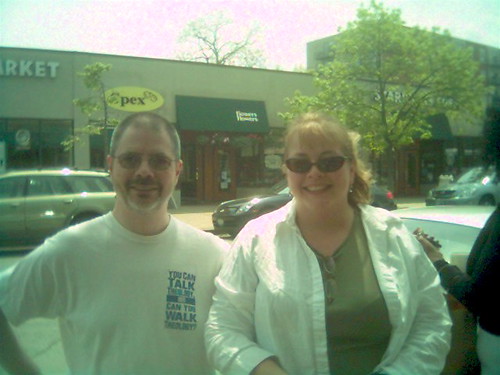The Seabury liturgical corps — faculty and ordained staff — had a thought-provoking all-day meeting with the Rt. Rev. Dr. Neil Alexander yesterday, on the topic of the role of seminary worship in community life. Bp. Alexander proposed a number of ways of looking at the question; perhaps most helpful, and the fairest to take away into a public venue, was a typology of ways that theological schools frame their worship life.
He first suggested a monastic model, where the emphasis falls on the worship itself, according to a consistent usage that is less oriented toward the casual visitor (of whom there usually aren’t that many anyway) or the wide range of possible modes of liturgical expression than on learning well a particular liturgical dialect.
Second, he described a pedagogical model, where the emphasis falls more on learning about worship than on the worship itself. The pedagogical model will trade off depth of familiarity in favor of breadth of exposure. The pedagogical model will be difficult for visitors to join in also, though for a different reason; whereas the monastic model involves expectations and patterns that a newcomer doesn’t share, the pedagogical model entails a certain lack of predictable expectations altogether.
Third, Bp. Alexander presented the model of school as parish, as a peculiar sort of parish — but one where the emphasis falls on replicating the experience that students bring from the parish life that led them to seminary, and on preparing them specifically for the sort of worship that they would lead in parishes after graduating. This model probably provides the most ease-of-entry for a visitor to the seminary worship.
Fourth, he identified creative worship, the function of which is to exercise the student’s liturgical imagination apart from the constraints of past or future expectation. Although this frequently entails disorientation for visitors, that disorientation is shared with the local community, since the liturgical moment is novel for every participant.
There’s no typology without ideology, of course; Bp. Alexander seemed to favor the first two models (he had operated with the first as chapel director at General Theological Seminary, and the second as professor of liturgics at Sewanee), and it seemed to me that he favored the first (though he emphasized that both models have strengths and weaknesses).
